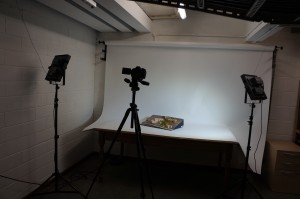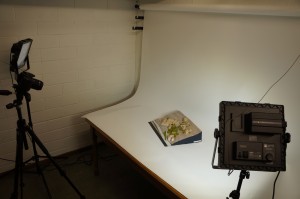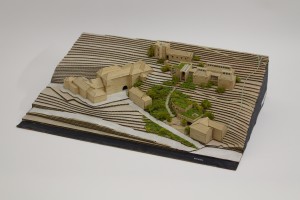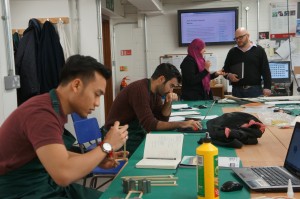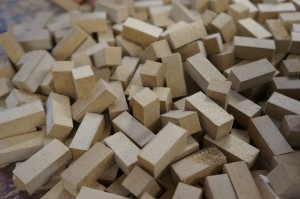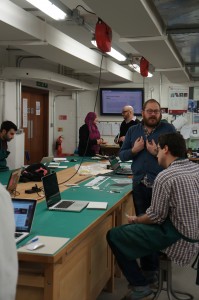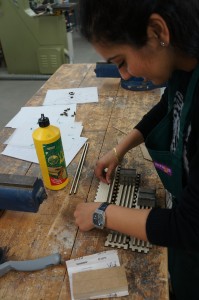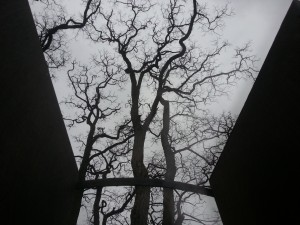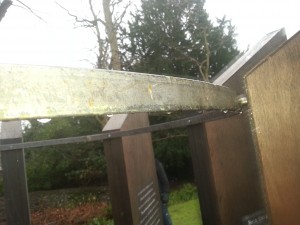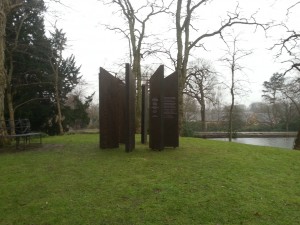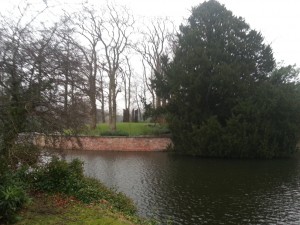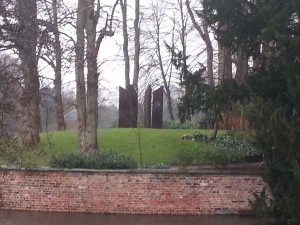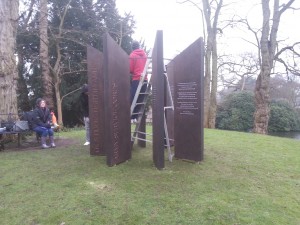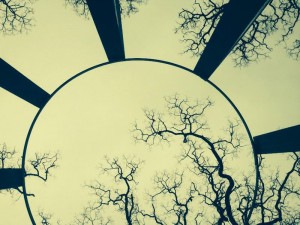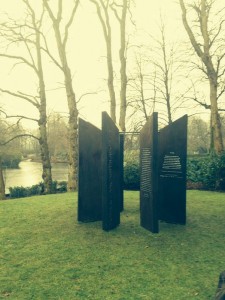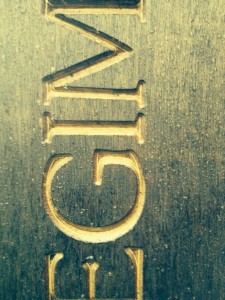Year Six student Richard Coskie has a history of making things from clear cut hand finished materials in our workshop. This project is no exception and as Richard explains, is continuing to influence his design decisions as the project develops.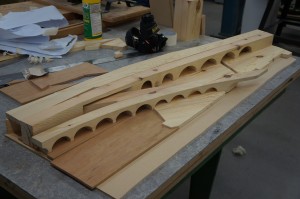
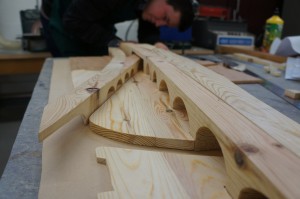
“My project is an Urban Cultivation Cooperative Centre, located on a site that is nestled between train tracks and the canal, on the old Castlefield junction at the south end of Deansgate. The 1:200 scale site model I have crafted in the workshop from pine, is proving very useful in the development of the project for investigating relationships between different programmes. I hope to display the final scheme on the site model, as well as creating other models at other scales.
The decision to create the site model void of any digital fabrication was an easy choice for me. Firstly, because the site has a low-tech and industrial aesthetic, which is better achieved by sculpting arches from a single, chunky, piece of wood. But most importantly, as a designer, I feel it is important to learn the dimensions of a site, by actually planing the topography to scale, or sawing, carving and sanding the arches to size. For the moments that one is engaged with the manipulation of their model, I believe that it is as vital a time as any for visions to come to fruition.”
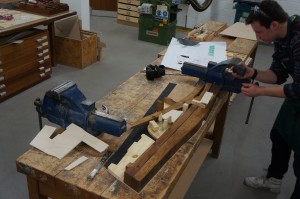
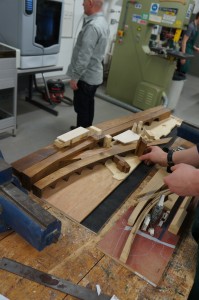 We will add some studio photographs of this model in the near future. Find out more about MSAp here:Â http://www.msa.ac.uk/atelier/msap/
We will add some studio photographs of this model in the near future. Find out more about MSAp here:Â http://www.msa.ac.uk/atelier/msap/







